A beautiful blue butterfly feeds on bittersweet nightshade (Solanum dulcamara) at Ashbridge’s Bay in June. © BCP 2010
Here’s what’s recorded elsewhere on my site as quote of the day:
In June as many as a dozen species may burst their buds on a single day. No man can heed all of these anniversaries; no man can ignore all of them. — Aldo Leopold
But today I have another quote, from someone less famous but closer to me.
“A computer will always break your heart,” he warns.
This time, I’m glad to report, my heart is not completely broken: my computer only tore a valve or two of my ticker out.
An explanation is required.
I’m happy to report that the condition of my computer, previously reported to be on the critical list, has been upgraded to stable. Let’s just say we are cautiously optimistic for its complete recovery.
On Saturday afternoon, doctors at Apple operated on my crippled iMac remotely. (What next, Martha?) and seemed to have effected a cure for what ailed it. Apparently, my iPhoto was corrupted. Who would corrupt a young innocent computer, I asked my Apple surgeon (Brad, if you must know). In as few words as possible, Brad gave me to know that “sometimes, these things just happen, and we don’t know why.” What? I thought these Apple geeks, er, I mean technicians, were as smart as God. Surely nothing could just happen? Could it?
Talking to Brad, I would never find out. He was extremely laconic, and a VERY SERIOUS COOKIE. During my hour-long consultation with the Bradster, in which he patiently walked me through the process of diagnosing my iMac’s illness — and then operated on it — I had to hold a mirror up to my phone to see if he was still breathing. Discomfited by the long, long periods of silence where we were waiting for my computer to react to Brad’s instructions (spinning beach ball of death, anyone?) I decided to make it my business to see if I could get a rise out of him. I had to dig out some of my oldest tricks, but I did get him to croak out a few week laughs, which I gauged to be success.
Despite his cool-as-a-cucumber over-the-phone manner, the Bradmeister turned out to be a genius. What else can you call someone who saves your computer from total meltdown? Who saves your photo library from disintegration? We’re talking 23,000 photos on the hard drive here!
OK, ok, I know what you’re thinking. Twenty-three thousand pix? Are you kidding? That’s outrageous! It is. I admit it. It’s all my fault, too. Can’t blame in on the kids, the dog, the cat, the rat or the spouse. Or the neighbours, or any innocent bystanders out on the street.
Nope, all my fault.
I should have sorted my photos and trashed the duds as I went along. All the rest of the digerati are already doing this, aren’t they? Binning the out-of-focus, the over-exposed, the banal and the what-was-I-thinkings would have left me with what? Say, 200 to 300 keepers on my hard drive? One little back up to DVD, and Bob’s your uncle. All nice and neat. Saved. Backed up. Digital heaven.
Except I didn’t. And Thursday night, I was about to pay the price. A situation even more unforgivable when you consider that I have another fully functioning old Mac right beside my so-called new iMac. The old one became unusable because I blew up my iPhoto library on it some years back. Again, completely my fault. In trying to set up a second library on that computer, I managed to disconnect the thumbnails from their storage place on the computer’s hard drive. Imagine taking 10,000 snap shots — hard copies, you know, like in the olden days — and throwing them on your floor, then stirring them. Then stirring them a bit more. Then trying to find the one you want. Uh uh. Can’t be done. Goodbye photo library.
With this history, you’d think I would have learned my lesson when it comes to digital images. Organize, back up, then back up again.
But no. So here I was, thinking I had done it again.
But a little one-on-one time with my new best friend Brad, and all is almost well. My computer is running, iPhoto is opening, my pictures are all still here…. But. It’s the but that has me worried, still. I will investigate further and report on what I find.
Pink blossoms on a common hawthorn (Crataegus monogyna?) at Ashbridge’s Bay, June 2010. © BCP 2010
In the meantime, enjoy this photo of something I have never seen at the beach before. A hawthorn tree (Crataegus monogyna I think) with pink blossoms! There are dozens of hawthorns at Ashbridge’s Bay, and I have been watching and enjoying them for years. Never seen a pink one.
Anyway, I thought it was spectacularly lovely, so I took a photo of it.
Oh. I nearly forgot to mention the photo at the top of this post. I saw a couple of these beautiful, tiny blue butterflies on my walk. Not totally sure what they are.
My best guesses are silvery blue (Glaucopsyche lygdamus), or a spring azure (Celastrina ladon).
My next trip out (i.e. when it stops raining) I’ll try to get a more detailed picture so that I can attempt a better identification. If anyone can help identify, most appreciated.
© BCP 2010
Oh, another thing I nearly forgot… Thanks Brad. And you, too, Mr. Jobs. Your technical support service rocks.


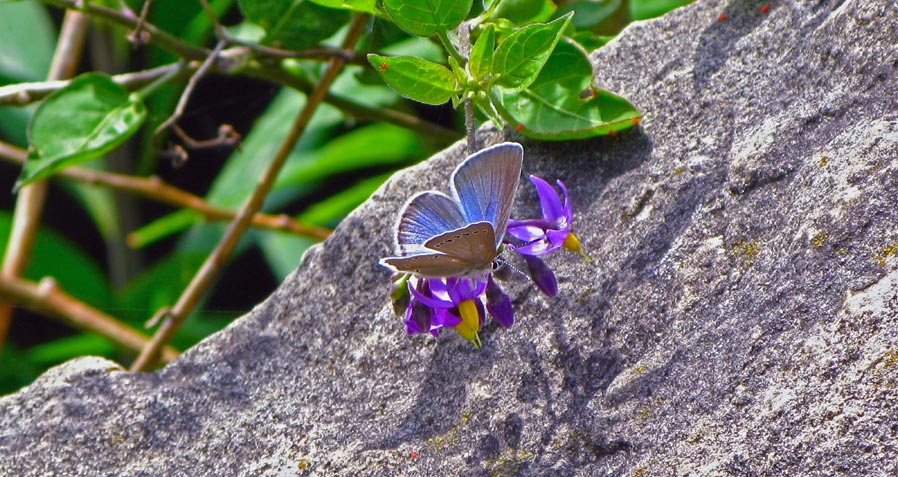
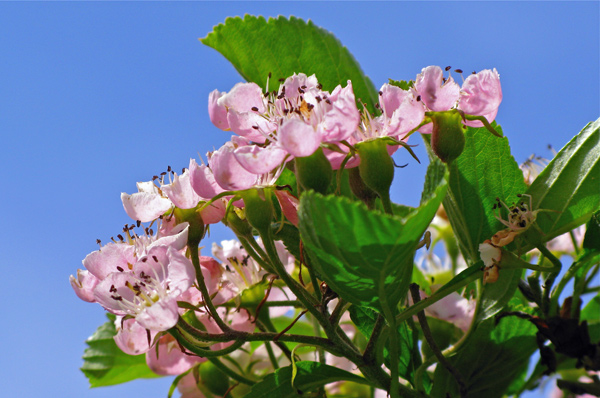
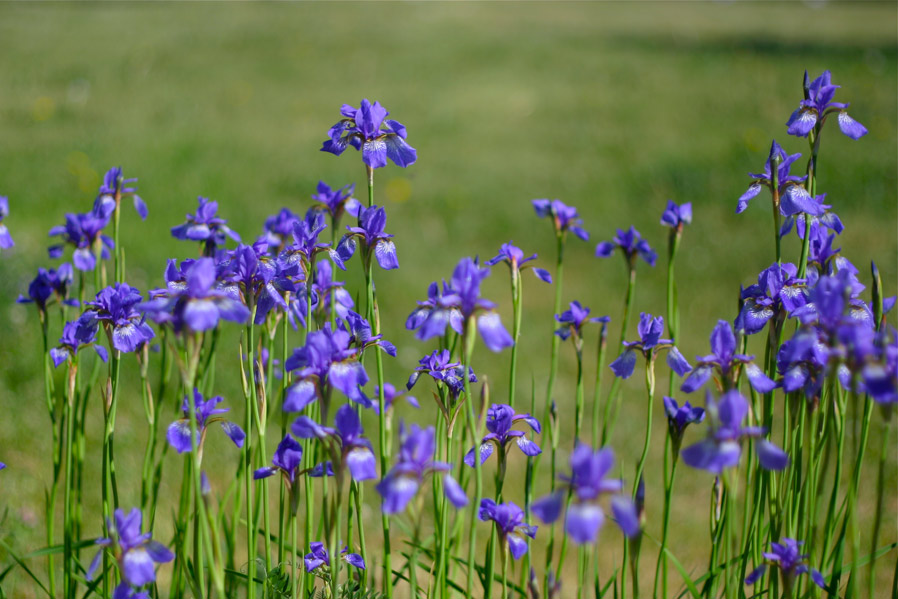
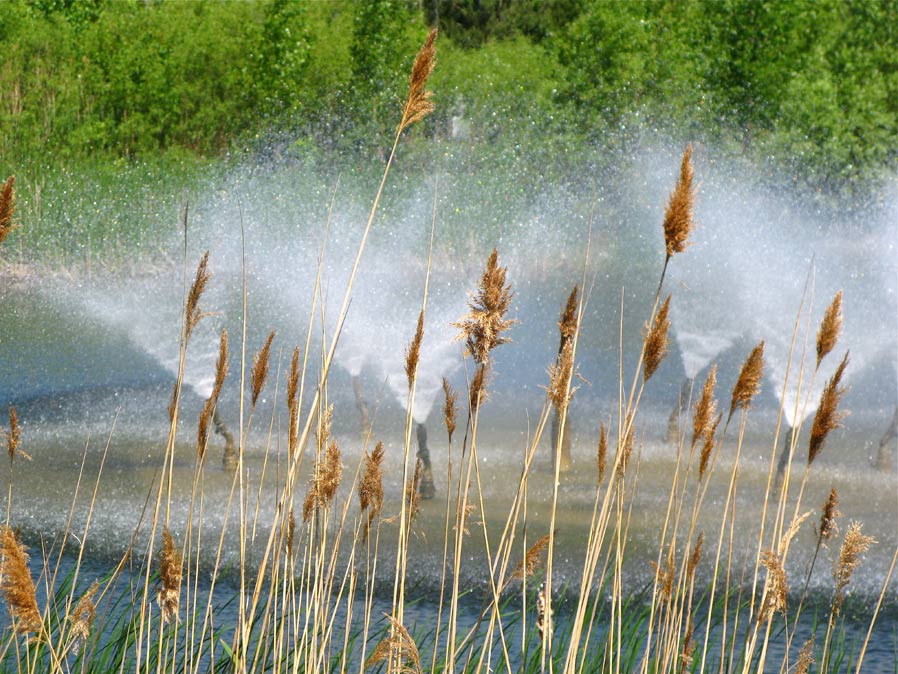
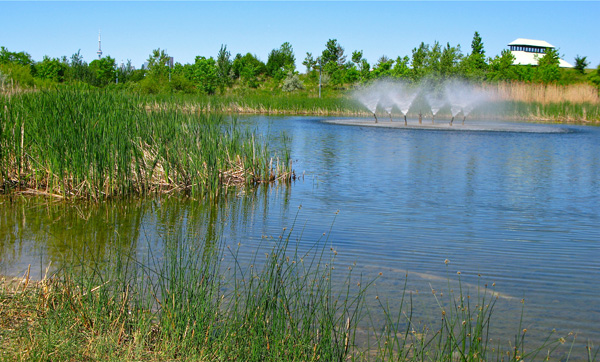
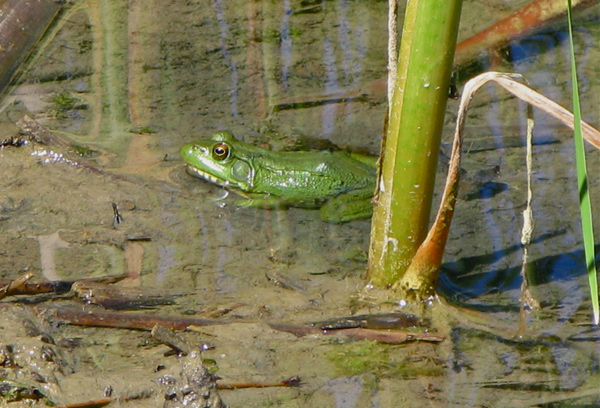
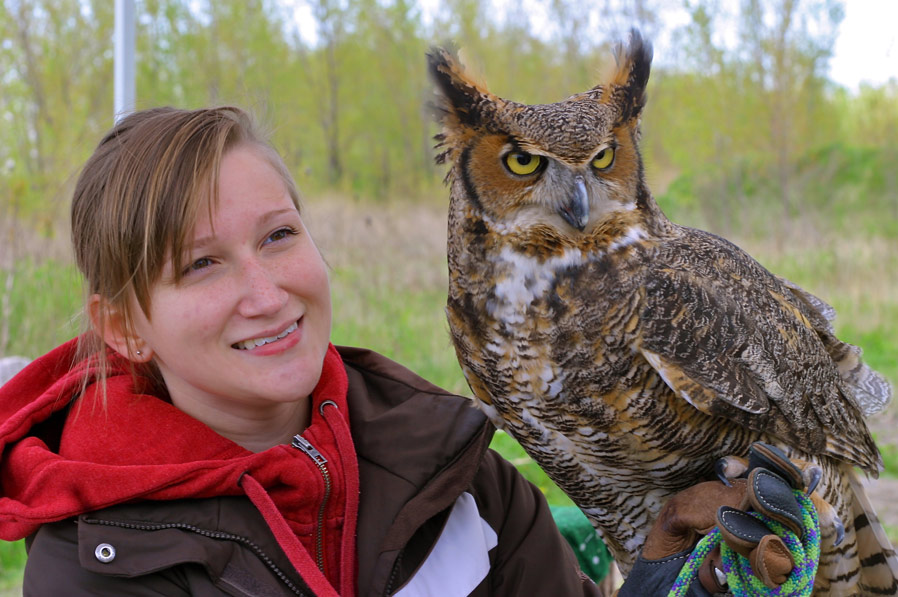
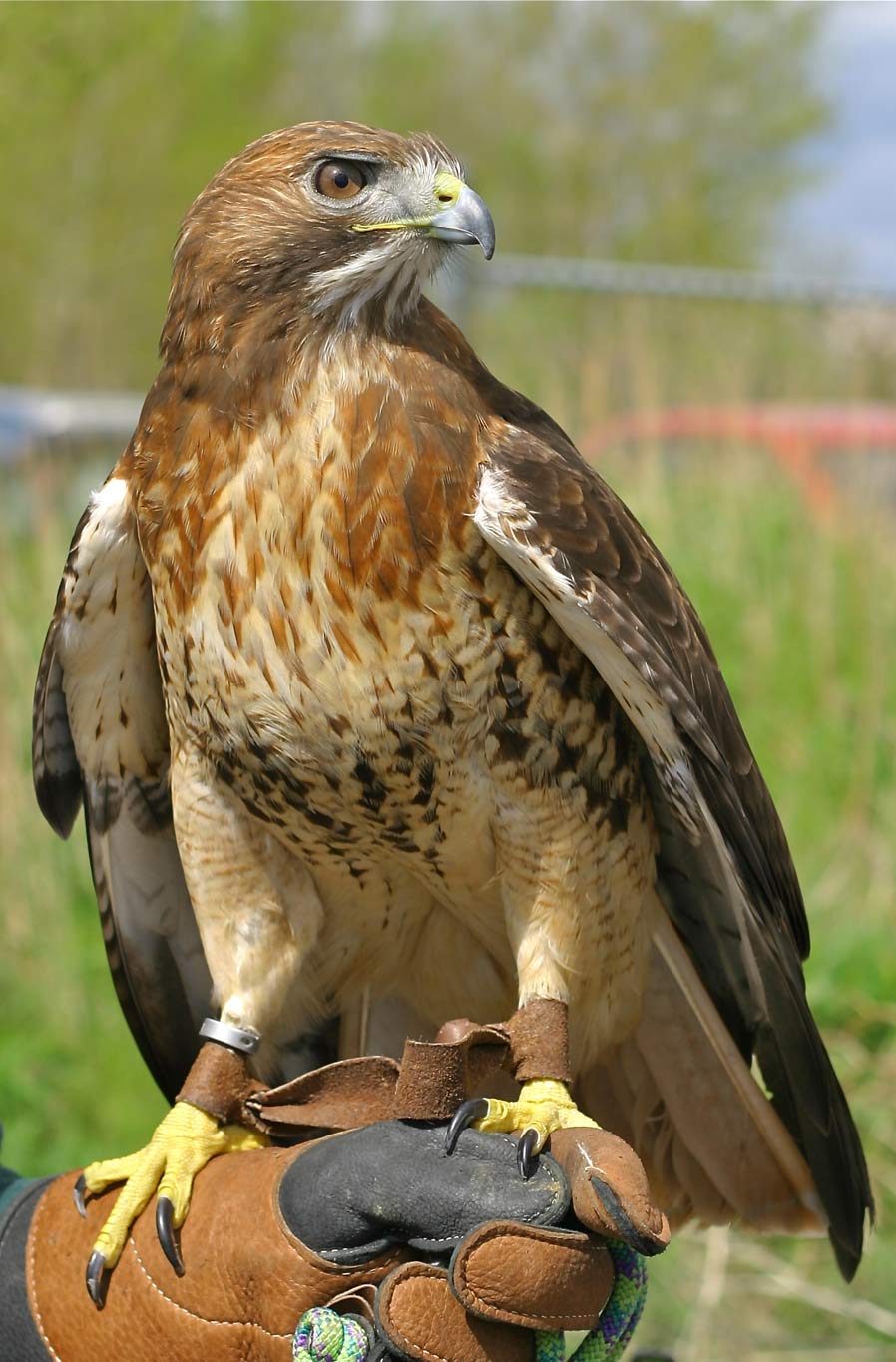
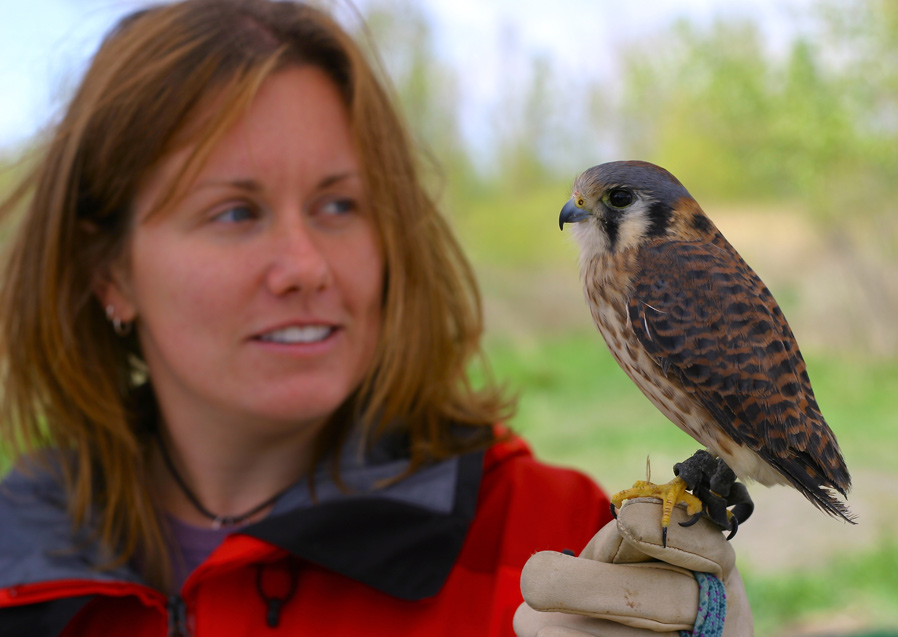
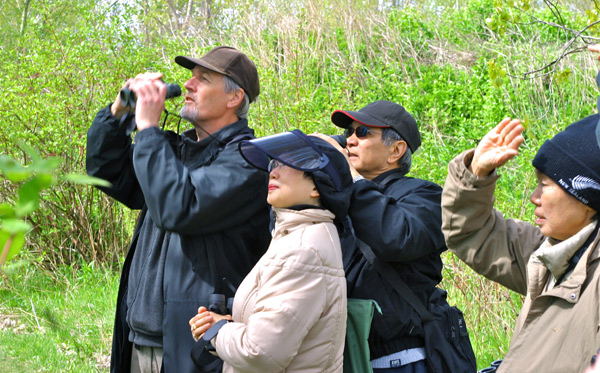
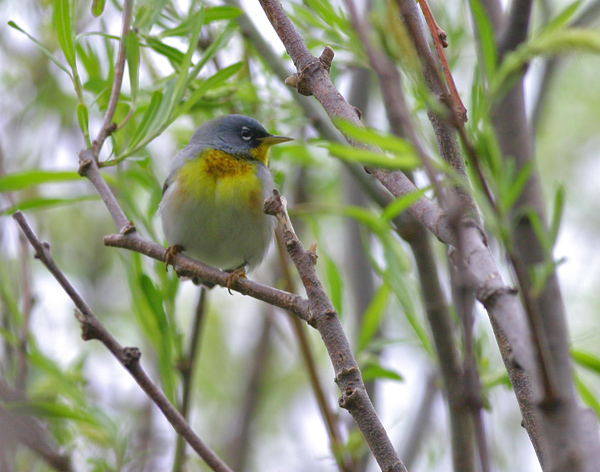
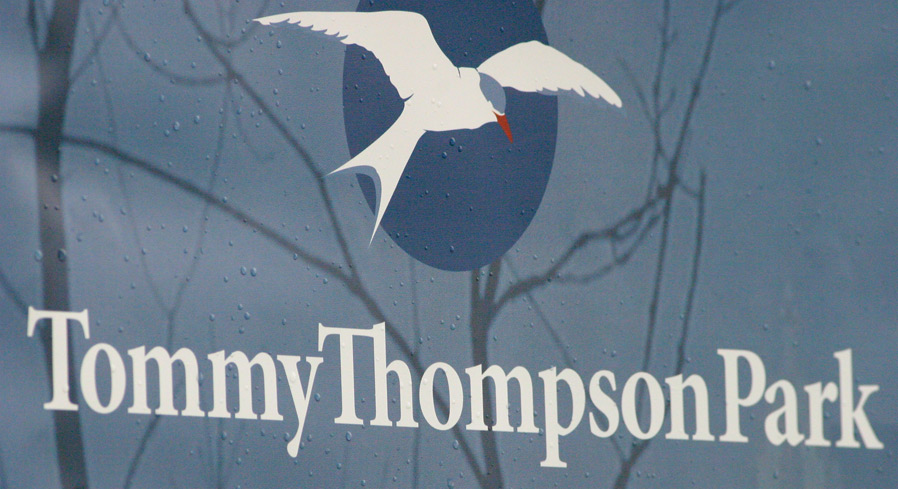
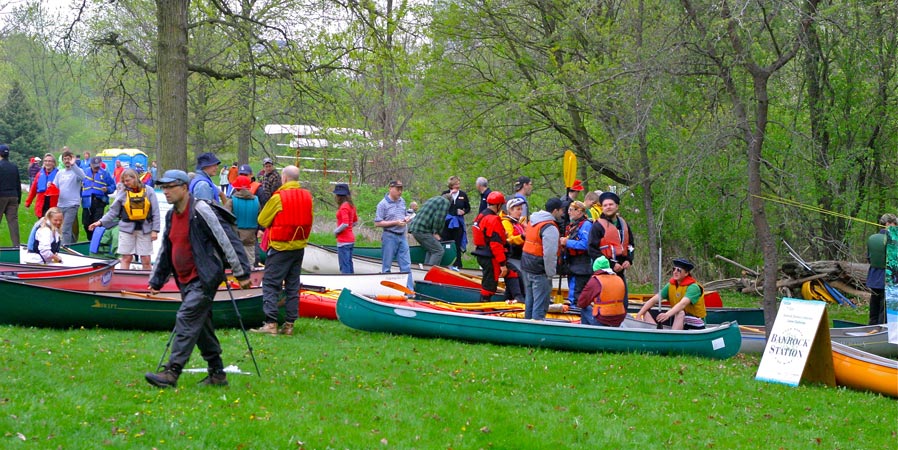

1 comment